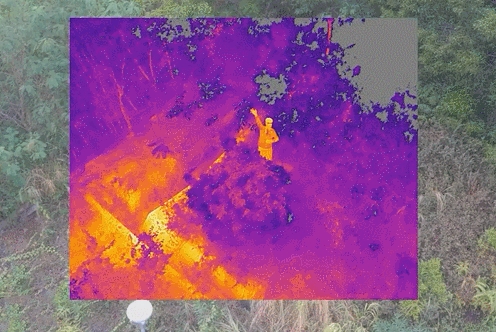Search and Rescue
Drones expedite search and rescue operations, offering real-time surveillance and immediate aid.

Search and Rescue
Drones are revolutionizing the field of Search and Rescue (SAR) by providing quick, efficient, and accurate aerial surveillance, reducing response time and increasing survival rates.
Traditional Search and Rescue Pain Points
- Time-consuming and labor-intensive, often requiring numerous personnel and resources.
- Limited visibility due to terrain or weather can hinder the effectiveness of search efforts.
- Traditional methods may put rescue personnel at risk in dangerous or inaccessible areas.
- Inefficient and costly due to the need for helicopters or other expensive equipment.
- Limited operational hours due to personnel fatigue and nightfall.
Advantages of Search and Rescue
- Drones provide rapid response and require fewer resources, significantly reducing the time and manpower needed.
- Equipped with thermal imaging and high-resolution cameras, drones can operate in challenging terrains and weather conditions.
- Drones can safely access and survey hazardous or hard-to-reach areas, minimizing risks to rescue teams.
- Drones are cost-effective alternatives to helicopters, offering similar capabilities at a fraction of the cost.
- Drones can operate continuously and are capable of night operations, increasing the chances of successful rescues.